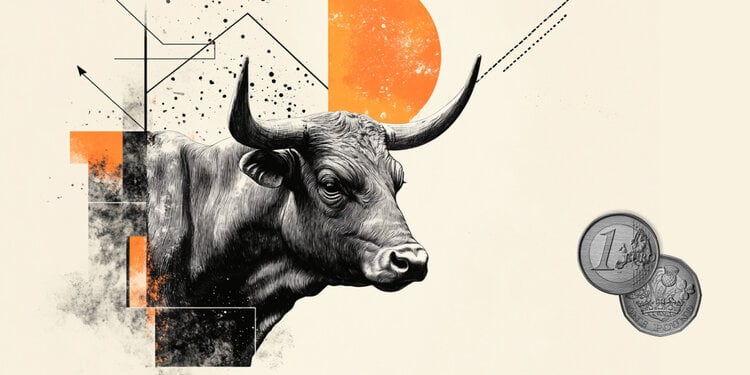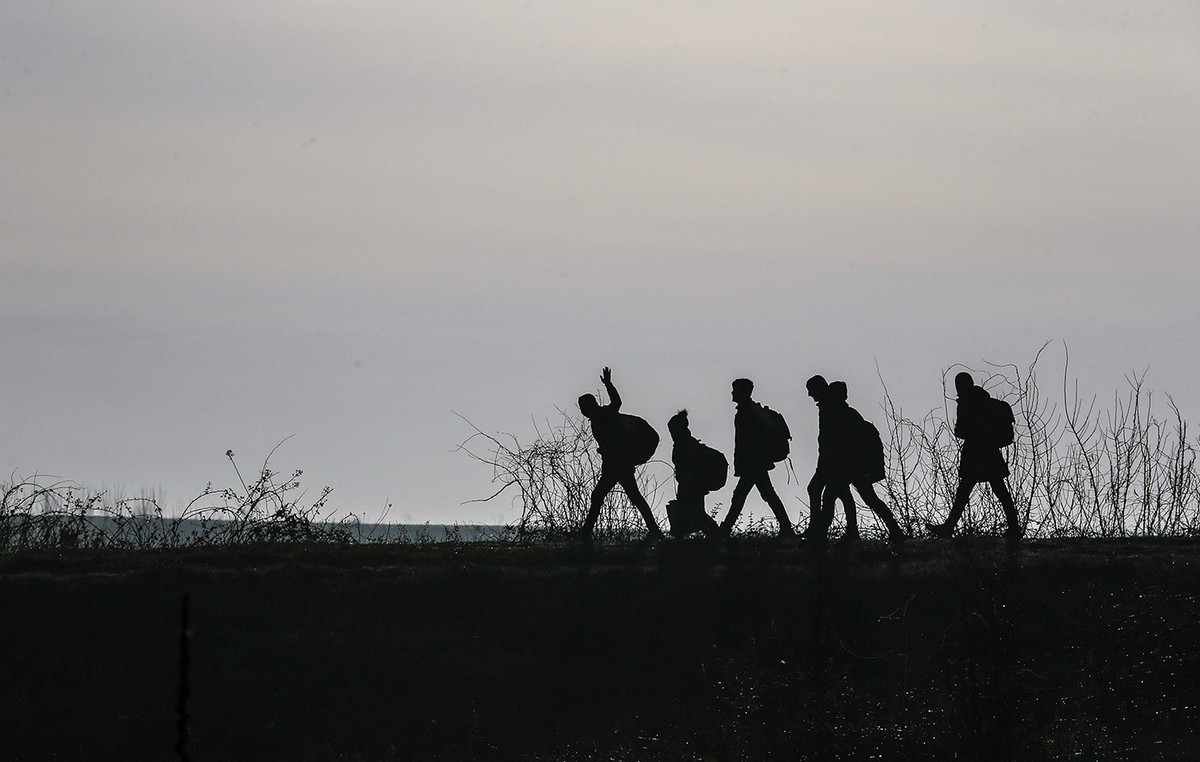
Deforestation in Brazil happens mainly due to the expansion of the agricultural frontier in the country, but there are other causes that contribute to the devastation of forests, such as the construction of roads, hydroelectric plants and the practice of mining.
This process triggers several negative impacts on the environment, leading to an imbalance in Brazilian biodiversity and a reduction in vegetation cover in the country.
According to research Environmental Economic Accounts of the Earth: Physical Accounting, by IBGE (Brazilian Institute of Geography and Statistics), Brazil lost 513,000 km² of green area in two decades, equivalent to 6% of the national territory.
How did deforestation start in Brazil?
The beginning of deforestation in Brazil is marked by the period of colonization of the country by the Portuguese.
In the Atlantic Forest, for example, the process of occupation by society in the country’s coastal area resulted in the reduction of its original vegetation.
Another biome that suffered from the deforestation caused by the occupation was the Cerrado. The arrival of settlers in the region in the 18th century began the devastation, which was intensified with the expansion of agricultural and livestock activities in the 20th century.
During this period, the Amazon Forest remained preserved, but the first impacts of deforestation appeared in 1970, when the Transamazônica Highway was built.
Over the years, this biome also began to be destroyed for agricultural practices and cattle raising, in addition to the development of illegal mining.
Currently, the latest study released by Global Forest Watch shows that Brazil leads the world ranking of forest deforestation. According to the organization, the country lost about 1.5 million hectares of native biome in 2021.
This number is three times higher than the rates of the Republic of Congo, second in the world ranking with 500,000 hectares of deforestation in the same year.
Data on deforestation in Brazil

According to data from the Terra Brasilis platform, from Inpe (Institute for Space Research), the Legal Amazon recorded a record number of deforestation alerts in early 2022: there were 941.34 km² in the first quarter of the year, the highest rate since 2016.
The Annual Report on Deforestation in Brazil, released by MapBiomas in 2022shows that the Amazon, the Cerrado and the Caatinga are the biomes with the greatest losses in the country.
Together, the Amazon, Cerrado and Caatinga accounted for 96.2% of the losses in 2021, followed by the Atlantic Forest, which recorded 30,155 hectares deforested in the same year.
Check below data on the loss of the main Brazilian forests.
Deforestation in the Amazon
The Amazon has the largest tropical forest in the world and is considered the most biodiverse on the planet, but it has faced the consequences of deforestation in recent years.
From August 2021 to July 2022, deforestation in the Amazon exceeded 8.5 km², according to a survey released by Inpe. This is the third highest record in the historical series, which began in 2015.
Watch the news with more information about the data in the video below:
Deforestation in the Atlantic Forest
In 2021, the Atlantic Forest had 6.7 million hectares deforested, according to information collected by the Deforestation Alert System, the SAD.
Agriculture appears as the main cause of deforestation, representing 93.7% of the loss of the biome during the period.
The data was released by CNN, watch the article in full below:
Deforestation in the Cerrado
Agribusiness has also impacted the Cerrado, which has one of the highest deforestation rates in the country.
Soybean plantations occupy 20 million hectares of the biome, according to a release by the MapBiomaswhich mapped the region between 1985 and 2021.
As a consequence, the Tocantins-Araguaia and São Francisco watersheds, two of the main river basins in Brazil, lost more than 56% of their biome between August 2020 and July 2021.
The record was disclosed in a report by CNN, which highlighted the impacts of these indices on the country’s water security. Check out the news in full below:
What are the main causes of deforestation in Brazil?
The main causes of deforestation in Brazilian forests are related to human action, especially agricultural activities.
In addition to the urbanization process, the growth of agribusiness and illegal practices aggravate the deforestation situation in the country.
According to the report Environmental Economic Accounts of the Earth: Physical Accounting, mentioned at the beginning of this article, the agricultural area grew by 50.1% during the two decades evaluated by monitoring – between 2000 and 2020.
Regarding illegal activities, the MapBiomas Annual Report showed that more than 95% of the total deforested area does not have vegetation suppression authorization registered for the site at SINAFLOR/IBAMA.
Most of the cases are related to illegal logging. Recently, it was also possible to follow the highlight of cases of illegal mining, which harm the environment and the life of the indigenous population present in the exploration regions.
Brazilian states that lead in the rate of deforestation
Deforestation in the Amazon in 2021 it was the worst in 10 yearsaccording to the Amazon Institute for Man and Environment (Imazon).
Data indicate that more than 10,000 kilometers of native forest were destroyed in 2021 – a 29% increase compared to 2020.
Between January and December 2021, 10,362 km² of native forest were destroyed, which is equivalent to half the state of Sergipe.
In the evaluation of the period between August 2021 and July 2022, the estimated value of deforestation by Inpe was 11,568 km².
The state of Pará, in the north of the country, is the region with the most deforestation. In 2021, of the nine states that make up the Legal Amazon, only Amapá did not show an increase in deforestation compared to 2020.
In addition to overcoming the devastation registered in the previous year, the states of Acre, Amazonas, Maranhão, Mato Grosso, Pará, Rondônia, Roraima and Tocantins also had the largest areas of forest destroyed in 10 years.
“Historical leader, Pará maintained the first place in the ranking of those that deforest the most, with 4,037 km² devastated, 39% of that recorded in the entire Amazon”, warned Imazon.
“In the state, there has been an increase in forest clearing both in federal and state areas. In addition, more than half of the 10 indigenous lands and the 10 conservation units that deforested the most in 2021 are on Pará soil”, informed the Institute.
Amazonas, the second state that deforested the most in 2021, was the one with the highest growth in devastation compared to the previous year.
“The destruction recorded on Amazonian soil went from 1,395 km² in 2020 to 2,071 km² in 2021, an increase of 49%. In Amazonas, there was also an increase in deforestation in both federal and state areas”.
Then, Mato Grosso appears as the third state that most devastated the Amazon forest, with 1,504 km² in the period, 38% more than in the previous year.
Rondônia (1,290 km²) and Acre (889 km²) ranked fourth and fifth in terms of deforested area, but Acre was third with the highest increase compared to the previous year: 28%.
The consequences of deforestation in Brazil

The high rates of deforestation have a direct impact on the country’s environmental balance and, consequently, on the well-being and health of human beings.
Forests play a fundamental role in climate harmonization, in the fight against soil desertification, in the preservation of fauna and flora, as well as in the recycling of carbon dioxide.
With the deforestation of Brazilian biomes, it is possible to observe the destruction of natural habitats for animals and important natural resources.
Among the main consequences, we can highlight:
- air pollution;
- global warming;
- climate change;
- biodiversity loss;
- soil impoverishment;
- changes in water resources;
- increase in endangered animals.
These changes bring impacts to the environmental conditions of the planet as a whole.
Laws regulating deforestation in Brazil
The main law to combat deforestation in Brazil is the Law 9.605/1998which determines punishments for environmental crimes and acts that may cause damage to the environment.
According to the legislation, the cutting of trees without authorization, for example, is punishable by a fine and imprisonment, which can vary from one to three years.
Crimes of deforestation and economic exploitation of forests can reach up to four years in prison.
There is also a protection law for the Atlantic Forest, which was recognized as a national heritage by the Federal Constitution of 1988.
A law 11.428/2006known as the Atlantic Forest law, regulates this recognition, in addition to establishing financial incentives for ecosystem restoration, prohibiting the deforestation of primary forests and creating rules for the economic exploitation of the biome.
What are the government’s prospects for preventing deforestation in Brazil?
The deforestation of forests was highlighted among the agendas of the electoral campaigns in 2022 and the new government of President Luiz Inácio Lula da Silva (PT) also presented its considerations on the subject.
In his speech after taking office, Lula said that the goal is to achieve “zero deforestation in the Amazon”.
On the occasion, the president stated that “Brazil does not need to deforest to maintain and expand its strategic agricultural frontier”.
Lula also highlighted other goals, such as the search for more sustainable farming and mining through an energy and ecological transition, as well as encouraging the reuse of degraded pastures.
Former senator Marina Silva is at the head of the Ministry of the Environment and should lead actions in pursuit of these objectives over the next four years of her mandate.
Follow the main national news in real time on CNN
Summary
Throughout this article on the deforestation of Brazilian forests, we address the following topics related to the topic:
- what are the consequences of forest deforestation for Brazil;
- how it started and main causes of deforestation;
- laws that combat deforestation in the country;
- areas most impacted by deforestation;
- deforestation data.
Source: CNN Brasil
I’m James Harper, a highly experienced and accomplished news writer for World Stock Market. I have been writing in the Politics section of the website for over five years, providing readers with up-to-date and insightful information about current events in politics. My work is widely read and respected by many industry professionals as well as laymen.







